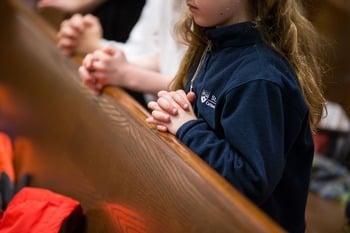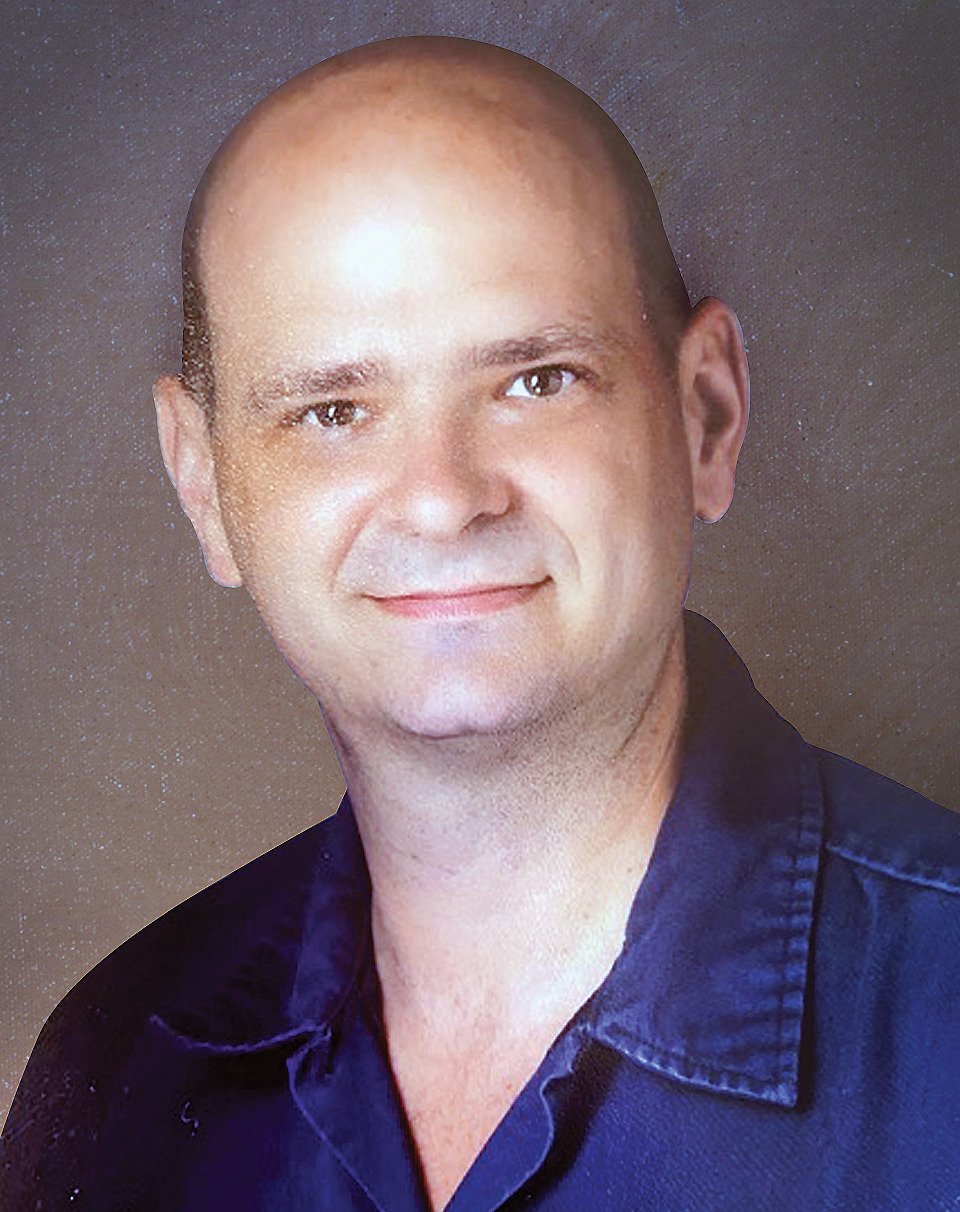Rote prayers of supplication with the family
-
 Having covered the fundamental attitudes of supplication (a humble and earnest request or petition made to God, often in a time of need or distress) in several of my past blog posts, I am now going to turn to specific ways and means.Supplication can be directed away from simple covetousness to a sense of dying to self. The remaining posts on supplication will set a trajectory of increasing maturity in types of supplication with the aim of teaching not only dying to self, but living for others.
Having covered the fundamental attitudes of supplication (a humble and earnest request or petition made to God, often in a time of need or distress) in several of my past blog posts, I am now going to turn to specific ways and means.Supplication can be directed away from simple covetousness to a sense of dying to self. The remaining posts on supplication will set a trajectory of increasing maturity in types of supplication with the aim of teaching not only dying to self, but living for others.
We can start again with rote prayer; the first way we teach young children to pray. Most
Catholics know the convenient and adorable rhyme, “Tony, Tony turn around, something's lost
that must be found.” This is an excellent introduction to intercessory rote prayer for the very young and immature.
There are a host of little Pius rote rituals and prayers of intercession that at times
almost equate to “Catholic folk magic.” It is not off base to teach these prayers to young children as an introduction to trusting that we are heard and seen by God.
Quickly though, as children mature, using such rituals as incantations or as commerce should be replaced with rote prayers that hit at the meaning of the request and allow spiritual maturity. For example, there are a host of novenas that if poorly executed take on a commercial tenor, “I
prayed for nine days straight, now grant my wish.”
But there are also many petitionary novenas that, if taught well to a maturing child, can help the supplicant grapple with deeper needs and desires of life. Examples would be “The Novena to the Sacred Heart” for our need of a deepening relationship with Christ; “The Novena to St. Jude” to help us grapple with a desire for hope and release from despair and “The Novena to St. Joseph” to help us grapple with the hope of stability and joy in family dynamics.
By careful negotiation, a parent can maneuver a child for magical thinking to existential spirituality by strategically employing rote petitionary prayers in their children’s lives.
Phillip Garside has been a short order cook, an artist, an analytical scientist and an academic educator. He and his wife Rebecca have three children in the hopes of one day jettisoning them into the world and infecting it with their domestic church’s uniquely bizarre brand of Catholicism.
